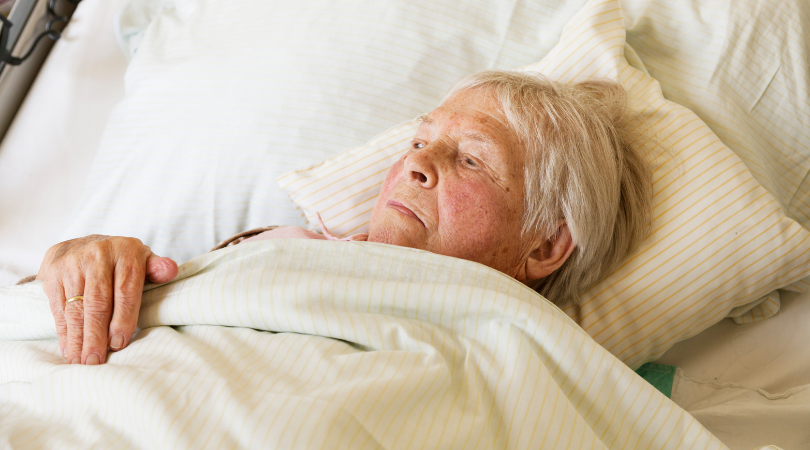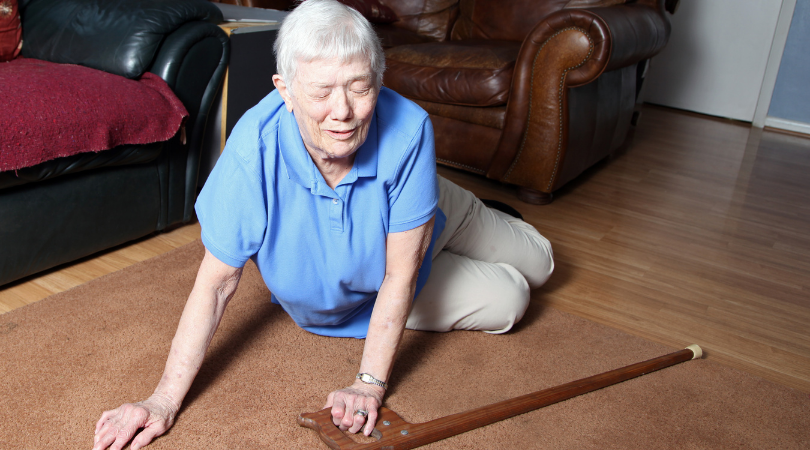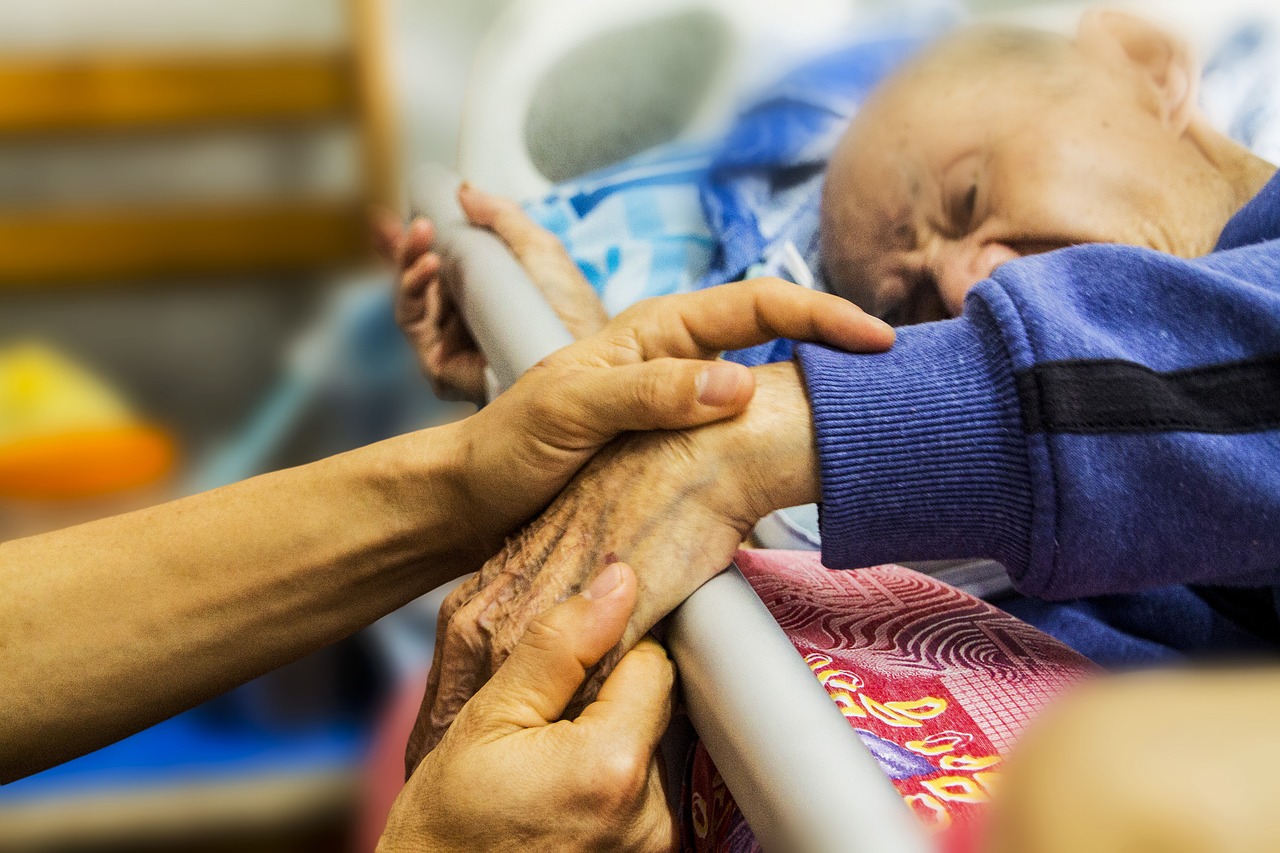How to Safely Lift an Elderly Person

If you are caring for a loved one with limited mobility, you will need to learn how to safely lift them to avoid injuring them and yourself.
Your loved one will likely need help being lifted and transferred throughout the day. They’ll need help getting to the toilet, up from a bed or chair, or moving into the car. Learning how to lift an elderly person is essential – especially if your loved one is bigger than you.
Preparing to Lift a Loved One
When preparing to lift a loved one, it’s important to focus on maintaining proper posture. Keep your head up with your shoulders back and your back straight. Your feet should be hip-width apart, with one foot in front of the other. When lifting your loved one, bend your knees and lift with your leg muscles instead of pulling with your arms. Do not turn from the waist or reach out when lifting.
Your loved one should do as much of the work as they are able. Help them by communicating about what you’re doing even if they are awake and alert. Encourage them to help by offering good reasons to move, like a favorite show coming up on TV or helping you with a task.
Set up your space to make it easy to lift and transfer a loved one. Clear up clutter or loose rugs that create a risk for falls. Look into tools that can help make lifting easier. Transfer boards, lift beds and chairs, and sling lifts are all useful tools to prevent injury.

How to Lift an Elderly Person from a Bed to a Wheelchair
Always begin by making sure you have washed your hands and your loved one’s privacy is protected by closing blinds and doors as needed.
Then start the process by explaining to your loved one what you plan to do – even if they are awake and aware. Good communication makes the whole process easier.
Bring the wheelchair close to the bed. If your loved one is stronger on one side, position the chair close to that side.
Fold the wheelchair’s footrests out of the way and apply the wheelchair brakes. Remove the armrest nearest to the bed.
Help your loved one turn onto their side, facing the wheelchair. Place an arm under their neck while one hand supports their shoulder blade and the other is under their knees. Swing their legs over the edge of the bed as you help them sit up.
Next, have your loved one move to the edge of the bed. Make sure they have skid-proof socks or shoes securely on their feet. Place your arms around your loved one’s chest and clasp your hands behind their back. Support the leg farthest away from the wheelchair between your legs, lean back and shift your weight as you lift.
Now have your loved one pivot towards the wheelchair as you continue to keep your hands clasped around their back.
As your loved one bends towards you, bend your knees and lower them into the back of the wheelchair.
Finally, help them get settled comfortably in the chair and reposition the foot rests and arm rests.

How to Lift an Elderly Person Off the Floor
Unfortunately, falls are common in older adults. If your loved one has fallen, you may need to lift them up on your own and knowing how to lift an elderly person off the floor will come in handy.
Begin by checking them for injuries. If your loved one is injured, call your hospice team, physician, or emergency services for additional support.
If your loved one is okay, you can work together to lift them off the floor.
Begin by placing a chair by their feet and another by their head.
Roll them onto their side and help them into a kneeling position.
Your loved one should brace their hands on the chair in front of them while putting a single leg up towards the chair like they are doing a knee lunge. Support their body as they get into position.
Finally, reposition the other chair behind them and support them until they can get into a sitting position.
Don’t be afraid to ask for help if you need it. A family member or friend can assist in lifting your loved one after a fall. You can also call the non-emergency line of your local police department who can dispatch officers, fire fighters, or EMTs to help lift an elderly person off the floor after a fall.
Crossroads Hospice & Palliative Care provides support to families who are facing a diagnosis of a serious illness and need extra help. Please call 1-888-564-3405 to learn more about our palliative services.
If you found this information helpful, please share it with your network and community.
Copyright © 2021 Crossroads Hospice & Palliative Care. All rights reserved.




